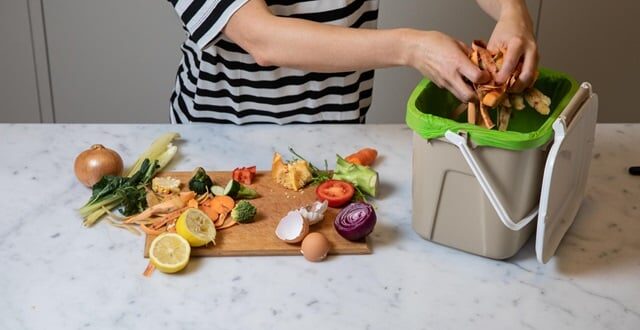The Unsung Hero of a Sustainable Kitchen: The Food Scrap Collector
In today’s world, where environmental consciousness is no longer a trend but a necessity, the kitchen stands as a significant battleground. It’s a place where we can actively contribute to a more sustainable future, one meal, one food scrap, at a time. And right at the heart of this kitchen revolution? The humble, yet mighty, food scrap collector.
We’ve all been there: peeling potatoes, trimming vegetables, or clearing plates after a hearty meal. What’s left? A pile of organic waste that often ends up in the trash, destined for landfills where it contributes to greenhouse gas emissions. But there’s a better way, a way to transform this waste into a valuable resource, a way to embrace kitchen composting with open arms. And that’s where the food scrap collector comes in.
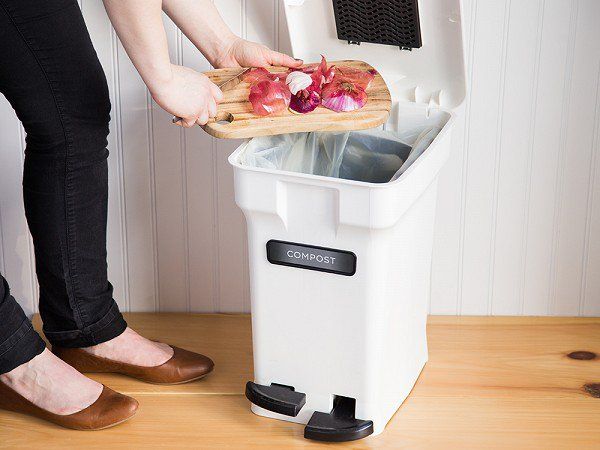
This guide is your comprehensive roadmap to understanding, choosing, and effectively using a food scrap collector in your kitchen. We’ll delve into the various types, their benefits, and how they can seamlessly integrate into your daily routines. Get ready to embark on a journey towards a greener, more eco-friendly kitchen!
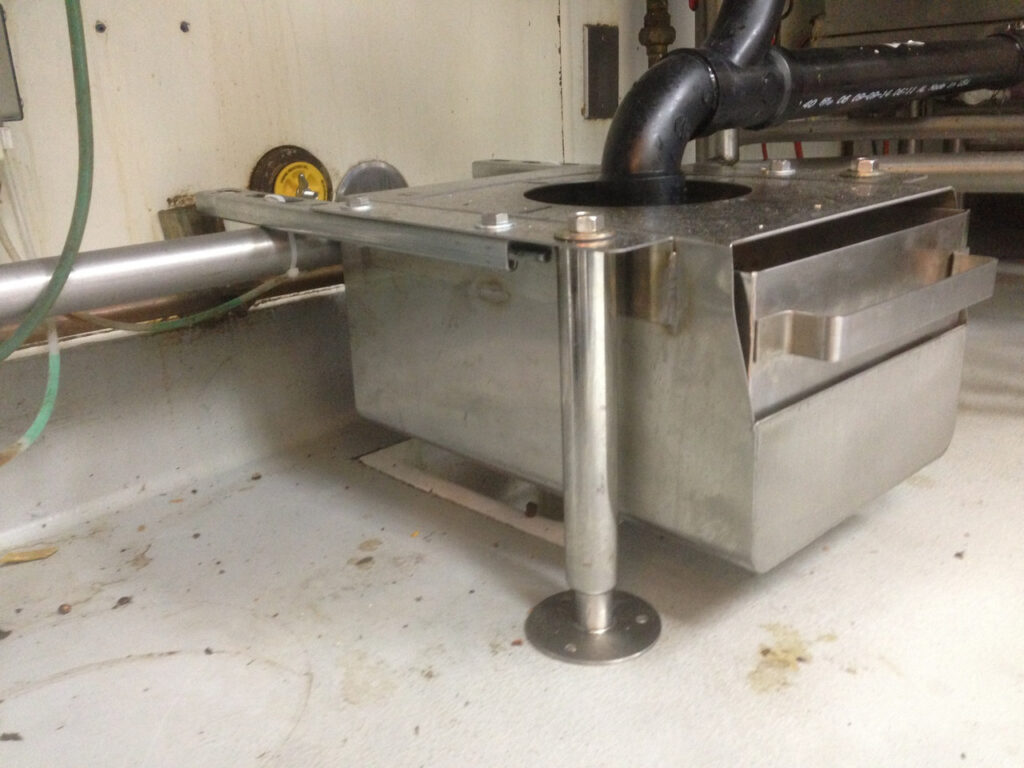
Why Embrace Food Scrap Collection? The Environmental and Personal Benefits
Before we dive into the nitty-gritty of food scrap collectors, let’s take a moment to appreciate the ‘why’ behind it all. Why should you, a busy individual with a million other things on your plate, care about collecting food scraps?
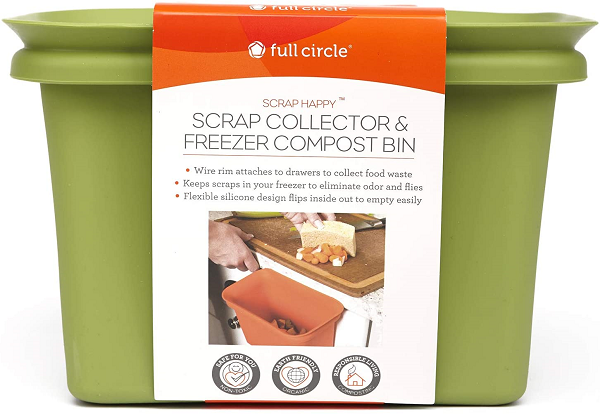
Environmental Impact: Reducing Landfill Waste and Greenhouse Gases
The most compelling reason is the positive impact on our environment. Landfills are overflowing with organic waste, which decomposes anaerobically (without oxygen) and produces methane, a greenhouse gas far more potent than carbon dioxide. By diverting food scraps from landfills, we drastically reduce methane emissions and help combat climate change.
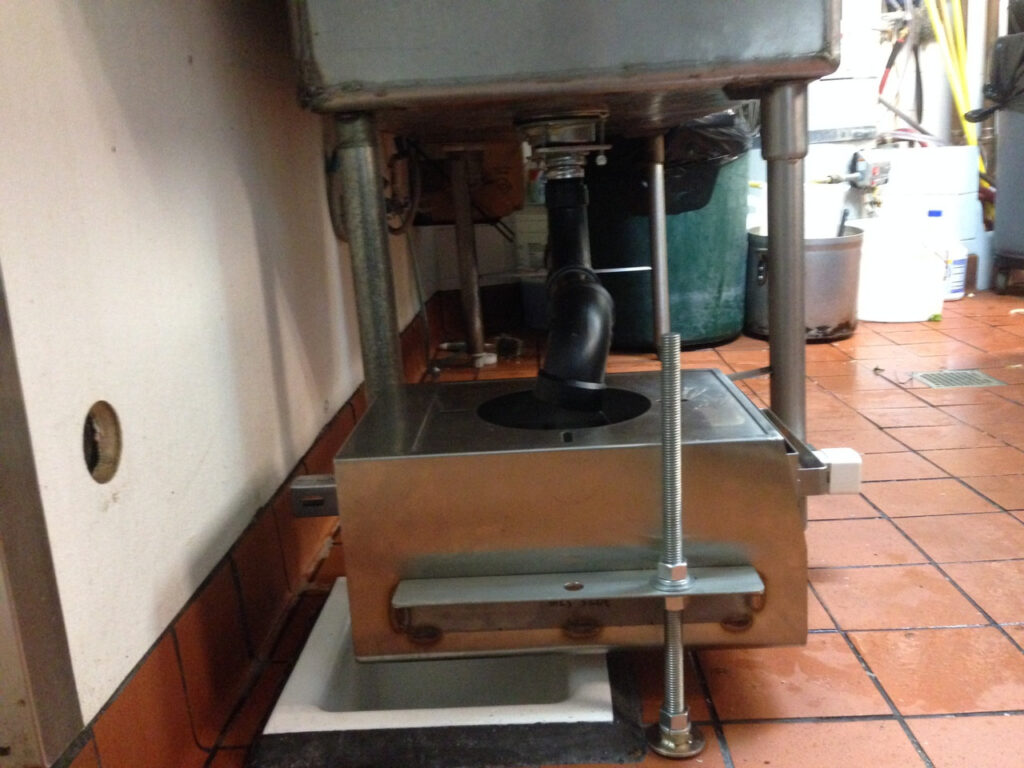
Think about the sheer volume of food waste generated daily. Each discarded apple core, each coffee ground, each eggshell adds up. By collecting these scraps, we’re actively participating in a circular economy, turning waste into a valuable resource instead of a pollutant.
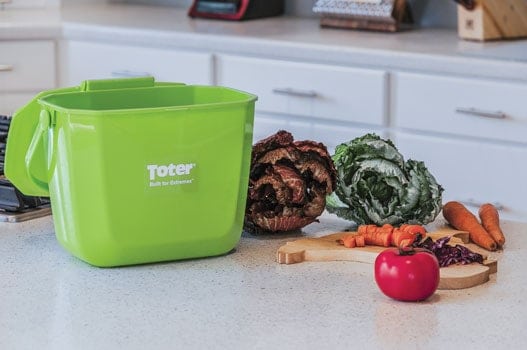
Creating Nutrient-Rich Compost: Nourishing Your Garden and Reducing Fertilizer Use
Food scraps, when composted, transform into a nutrient-rich soil amendment that can work wonders for your garden. Compost improves soil structure, enhances water retention, and provides essential nutrients for plant growth. By using compost, you can reduce your reliance on synthetic fertilizers, which can harm the environment and disrupt the delicate balance of soil ecosystems.
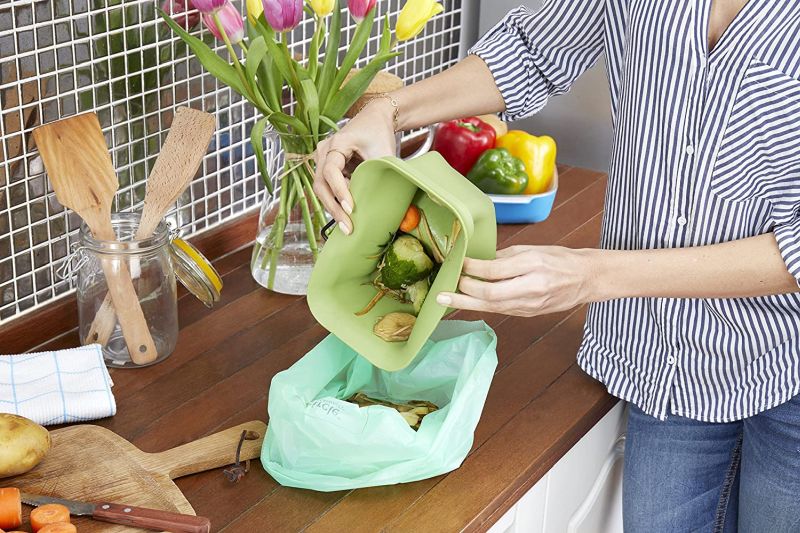
Imagine this: the discarded carrot tops from your dinner become the fuel that helps your tomatoes thrive. It’s a beautiful cycle of giving back to the earth.
Saving Money: Reducing Trash Bag Usage and Potential Fertilizer Costs
Beyond the environmental benefits, collecting food scraps can also save you money. By reducing the amount of waste going into your trash can, you’ll need fewer trash bags, which translates to direct savings. And if you’re a gardener, using homemade compost can significantly reduce or even eliminate the need to purchase expensive fertilizers.

It’s a win-win situation: you’re helping the planet and saving money – all by simply collecting your food scraps!
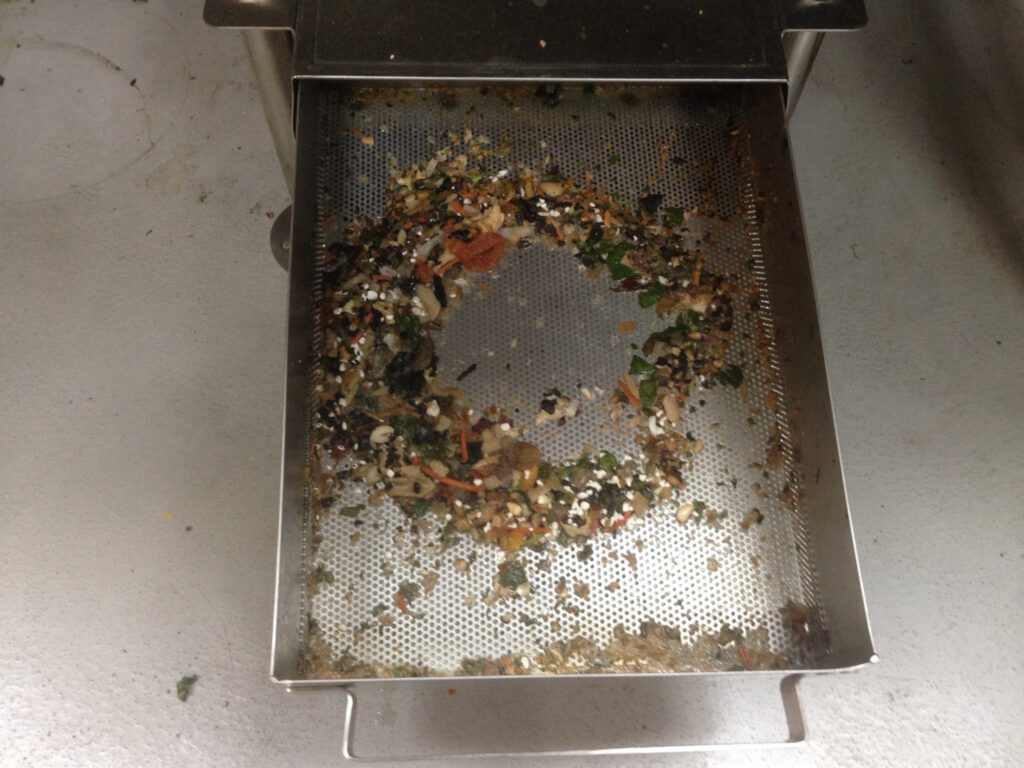
Promoting a More Sustainable Lifestyle: A Step Towards Conscious Consumption
Finally, embracing food scrap collection is a powerful step towards a more sustainable lifestyle. It encourages conscious consumption and makes you more aware of the amount of food you waste. It’s a simple habit that can spark a broader commitment to reducing your environmental footprint in other areas of your life.
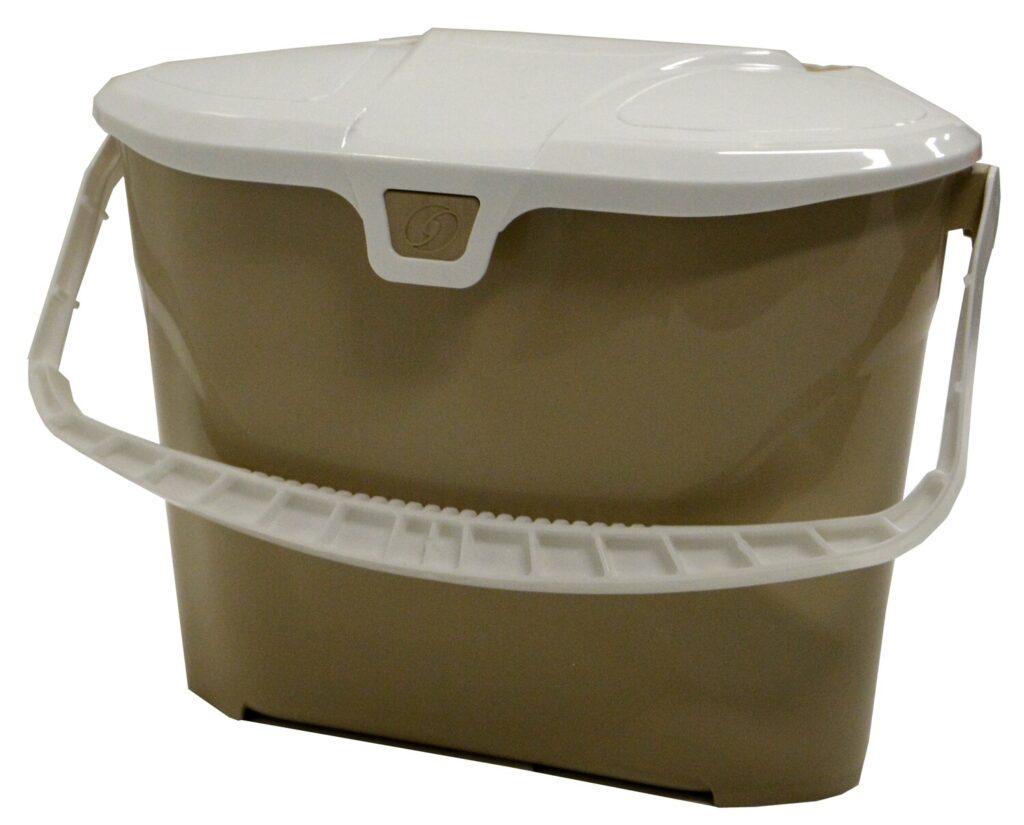
Think of it as a gateway to a more mindful way of living, where you’re actively considering the impact of your choices on the planet.
Types of Food Scrap Collectors: Finding the Perfect Fit for Your Kitchen
Now that you’re convinced of the benefits of food scrap collection, let’s explore the different types of collectors available. Each type has its own advantages and disadvantages, so it’s important to choose one that suits your kitchen layout, composting method, and personal preferences.
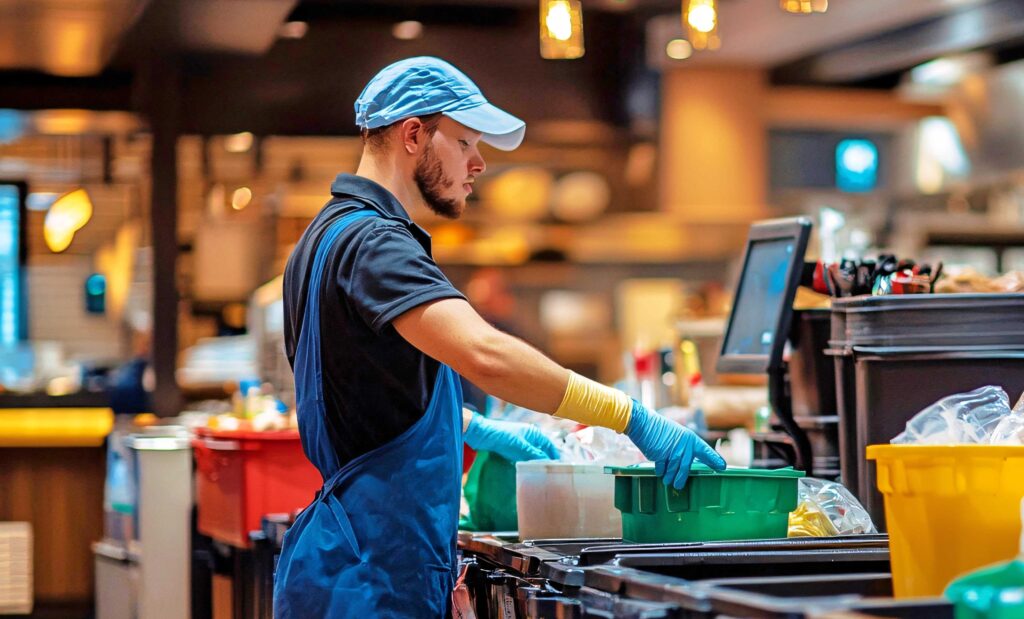
Countertop Compost Bins: Convenient and Accessible
Countertop compost bins are the most popular option, primarily due to their convenience. They sit right on your countertop, making it easy to toss in food scraps as you’re preparing meals or clearing dishes. They typically range in size from 1 to 3 gallons and come in various materials, including stainless steel, plastic, and ceramic.
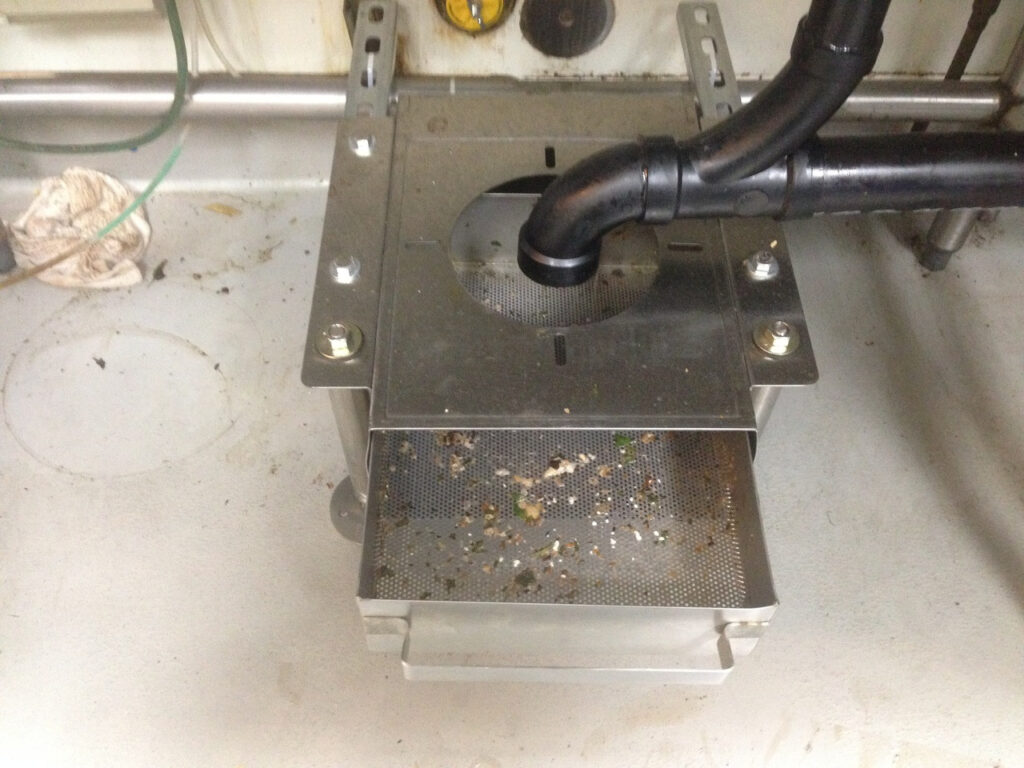
Pros:
- Convenient and easily accessible
- Available in various sizes and styles
- Often aesthetically pleasing
Cons:
- Can take up valuable counter space
- May require frequent emptying to prevent odors
- Some models can be expensive
When choosing a countertop compost bin, look for one with a tight-fitting lid to prevent odors and fruit flies. Some models also include a charcoal filter to further reduce odors. Stainless steel is a popular choice because it’s durable, easy to clean, and resistant to stains and odors.
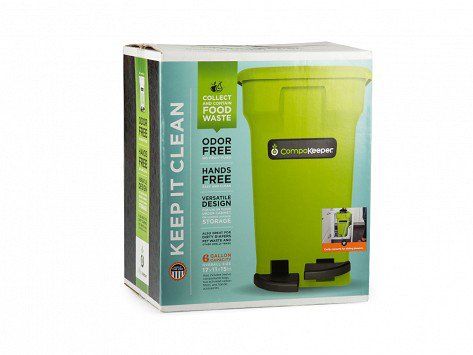
Under-Sink Compost Bins: Discreet and Space-Saving
Under-sink compost bins are a great option for those who want to keep their countertops clutter-free. These bins are typically mounted inside your kitchen cabinet under the sink, providing a discreet and space-saving solution.
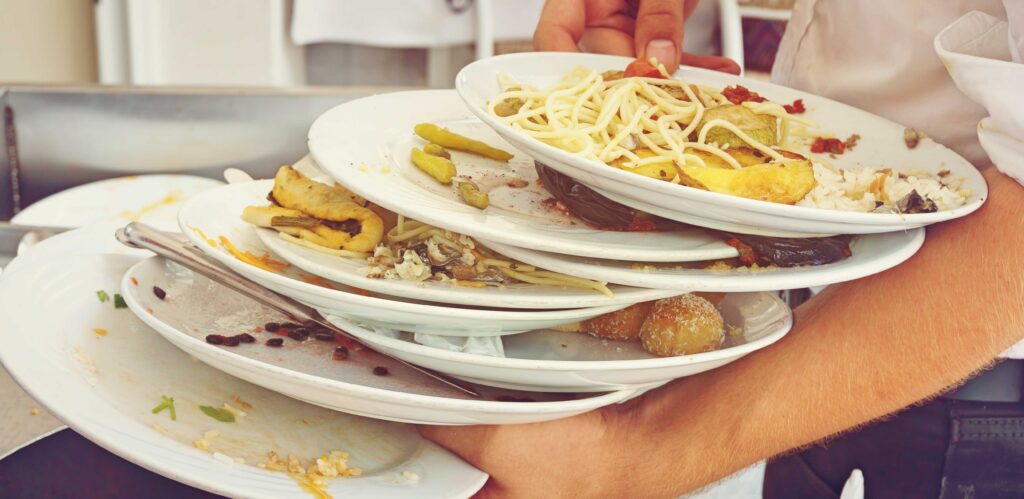
Pros:
- Saves counter space
- Keeps food scraps out of sight
- Can be easily integrated into existing kitchen cabinets
Cons:
- May require more effort to empty than countertop bins
- Can be difficult to install
- Limited capacity compared to some countertop bins
When choosing an under-sink compost bin, make sure it fits comfortably inside your cabinet and has a secure lid to prevent spills and odors. Consider the size of the bin based on your composting needs and the amount of food waste you generate.
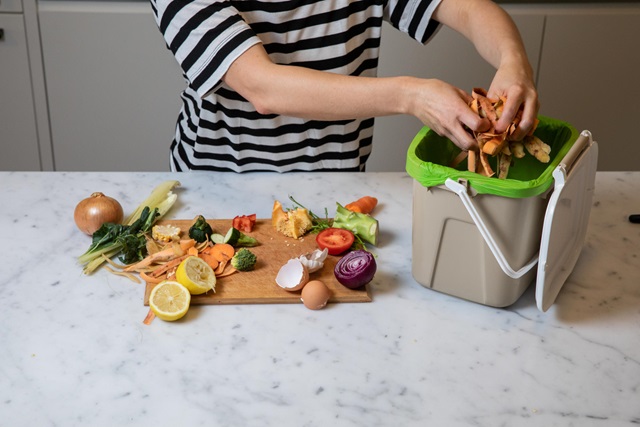
Outdoor Compost Bins: For Larger-Scale Composting
While technically not *in* the kitchen, outdoor compost bins are the ultimate destination for your collected food scraps. These bins are larger and designed for outdoor use, allowing you to compost a significant amount of organic waste, including yard waste.
Pros:
- Large capacity for composting a significant amount of waste
- Can handle a wider range of materials, including yard waste
- Produces high-quality compost for gardening
Cons:
- Requires outdoor space
- Requires more maintenance than indoor bins
- Can attract pests if not managed properly
There are various types of outdoor compost bins, including tumblers, bins, and open piles. Tumblers are enclosed containers that can be easily rotated to aerate the compost, while bins are stationary containers that require manual turning. Open piles are the simplest and most traditional method of composting, but they can be more challenging to manage.
Electric Composters: Speeding Up the Composting Process
For those seeking a faster and more convenient composting solution, electric composters are worth considering. These machines use heat, aeration, and agitation to break down food scraps into compost in a matter of hours or days.
Pros:
- Rapid composting process
- Reduces odors and pests
- Produces nutrient-rich compost
Cons:
- Expensive compared to other composting methods
- Requires electricity
- Can be noisy
Electric composters are ideal for individuals or families who want to compost their food scraps quickly and efficiently. However, they are a significant investment and may not be suitable for everyone.
Bokashi Compost Systems: Anaerobic Fermentation for All Types of Food Waste
Bokashi composting is a unique method that uses inoculated bran to ferment food scraps in an anaerobic environment. This process can handle all types of food waste, including meat, dairy, and oily foods, which are typically not suitable for traditional composting.
Pros:
- Can compost all types of food waste
- Reduces odors
- Produces nutrient-rich compost tea and pre-compost
Cons:
- Requires bokashi bran
- Involves a two-stage process (fermentation and decomposition)
- May require more management than traditional composting
Bokashi composting is a great option for those who want to compost all types of food waste and don’t mind a slightly more complex process. The fermented food waste (pre-compost) can then be added to a traditional compost bin or buried directly in the garden.
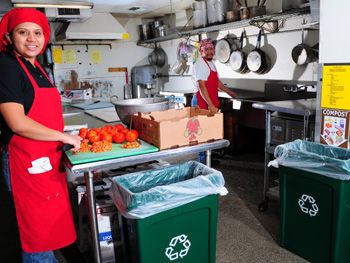
Choosing the Right Food Scrap Collector: Key Considerations
With so many options available, choosing the right food scrap collector can feel overwhelming. Here are some key considerations to help you make the best choice for your needs:
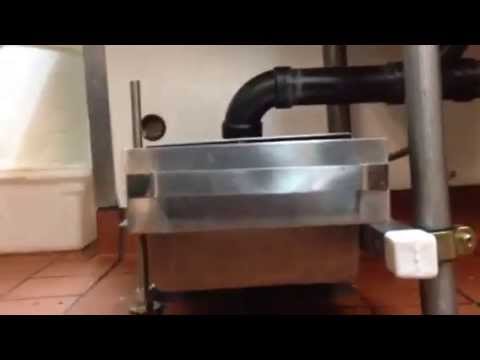
Kitchen Space: Countertop, Under-Sink, or Outdoor?
The amount of space you have available in your kitchen is a primary factor. If you have limited counter space, an under-sink bin or an outdoor composting system may be a better option. If you have ample counter space and want easy access to your compost bin, a countertop model is a good choice.
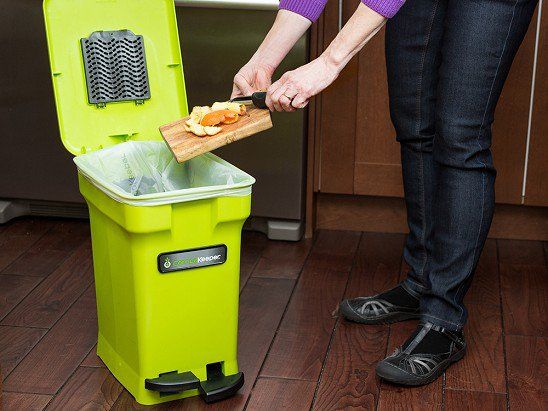
Composting Method: Traditional, Electric, or Bokashi?
Your chosen composting method will also influence your choice of food scrap collector. If you’re using a traditional compost bin, you’ll need a collector that can accommodate a variety of food scraps. If you’re using an electric composter, you may need a smaller collector that’s emptied frequently. If you’re using a bokashi system, you’ll need a collector that can handle all types of food waste.
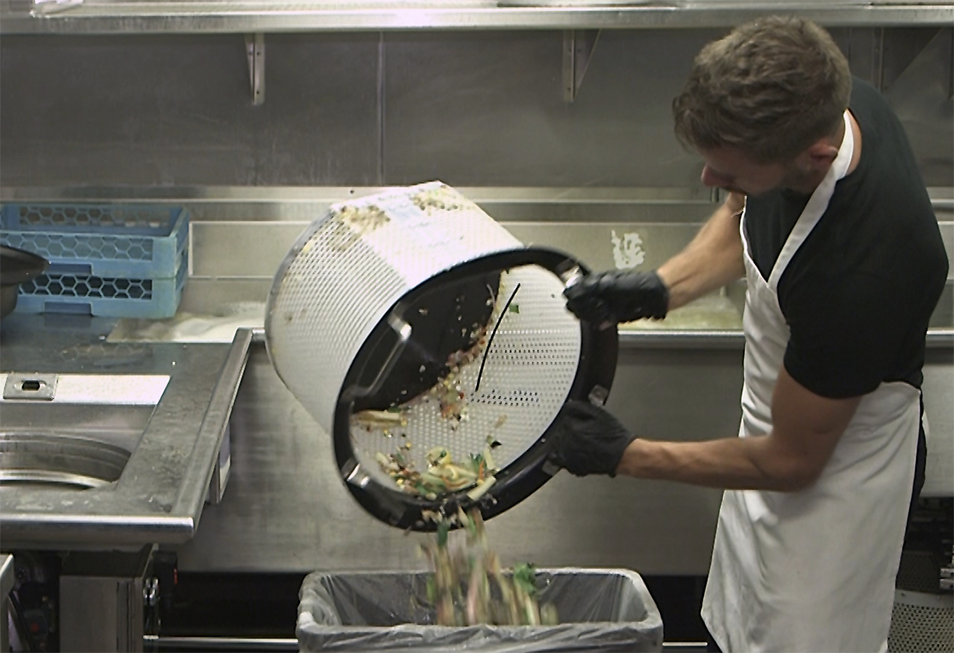
Odor Control: Lids, Filters, and Liners
Odor control is a crucial consideration, especially if you’re using a countertop compost bin. Look for bins with tight-fitting lids and charcoal filters to minimize odors. You can also use compostable liners to make cleaning easier and further reduce odors.
Ease of Cleaning: Material and Design
Choose a food scrap collector that’s easy to clean. Stainless steel and plastic bins are generally easier to clean than ceramic bins. Look for bins with smooth surfaces and minimal crevices to prevent food scraps from getting trapped.
Budget: Price Range and Long-Term Costs
Food scrap collectors range in price from inexpensive plastic bins to high-end electric composters. Consider your budget and the long-term costs associated with each type of collector, such as the cost of compostable liners or bokashi bran.
Setting Up Your Food Scrap Collector: A Step-by-Step Guide
Once you’ve chosen your food scrap collector, it’s time to set it up and start collecting those scraps! Here’s a step-by-step guide to get you started:
1. Choose a Location: Accessibility and Convenience
Select a location for your food scrap collector that’s both accessible and convenient. For countertop bins, choose a spot near your food preparation area. For under-sink bins, make sure there’s enough space inside your cabinet. For outdoor compost bins, choose a location that’s easily accessible from your kitchen but away from living areas.
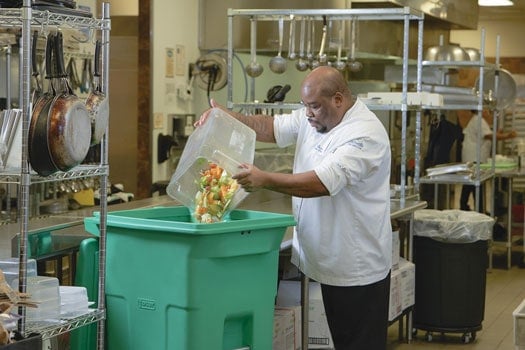
2. Line Your Bin (Optional): Compostable Liners or Newspaper
Consider lining your bin with a compostable liner or a few sheets of newspaper to make cleaning easier. Liners will also help absorb excess moisture and reduce odors.
3. Add a Base Layer (Optional): Brown Materials for Drainage
Adding a base layer of brown materials, such as shredded newspaper or dry leaves, can improve drainage and prevent the bottom of the bin from becoming too soggy. This is especially important for outdoor compost bins.
4. Start Collecting Food Scraps: What to Include and What to Avoid
Now the fun begins! Start collecting your food scraps and adding them to your bin. Here’s a general guideline of what to include and what to avoid:
Include:
- Fruit and vegetable scraps
- Coffee grounds and tea bags
- Eggshells
- Bread and grains
- Nut shells
Avoid (for traditional composting):
- Meat and dairy products (can attract pests and cause odors)
- Oily foods (can slow down the composting process)
- Diseased plants (can spread diseases to your compost)
- Pet waste (can contain harmful bacteria)
Note: Bokashi composting systems *can* handle meat, dairy and oily foods.
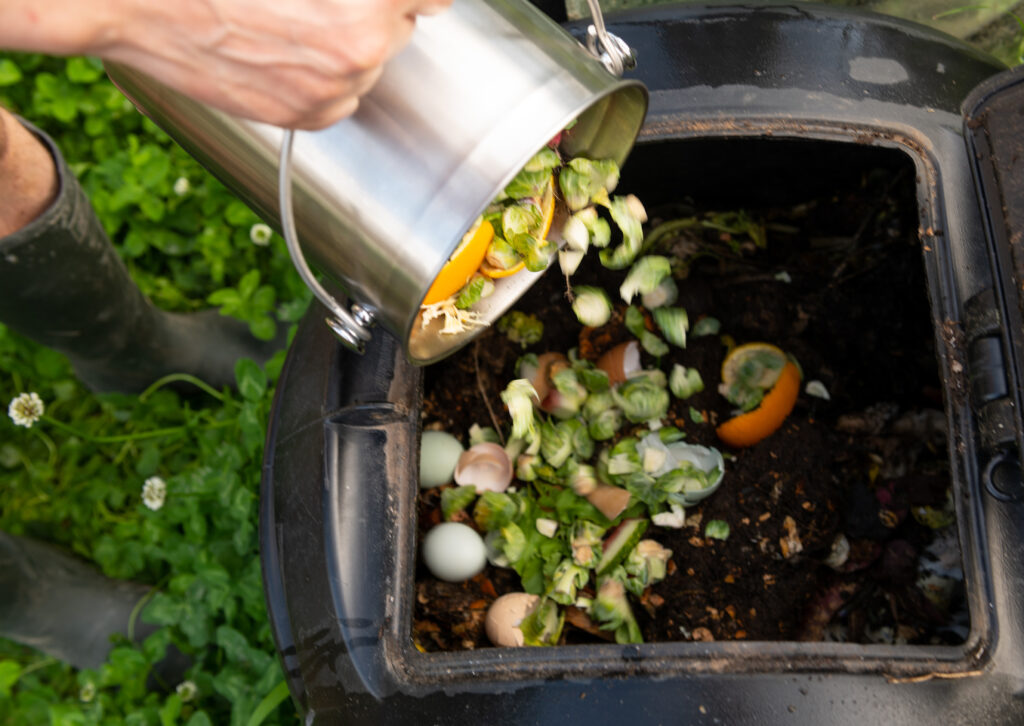
5. Manage Moisture: Add Brown Materials as Needed
Maintaining the right moisture level is crucial for successful composting. If your compost is too wet, add more brown materials, such as shredded newspaper or dry leaves. If it’s too dry, add some water or green materials, such as grass clippings.
6. Empty Your Bin Regularly: Prevent Odors and Overfilling
Empty your bin regularly to prevent odors and overfilling. The frequency of emptying will depend on the size of your bin and the amount of food waste you generate. Aim to empty your bin at least once a week, or more often if necessary.
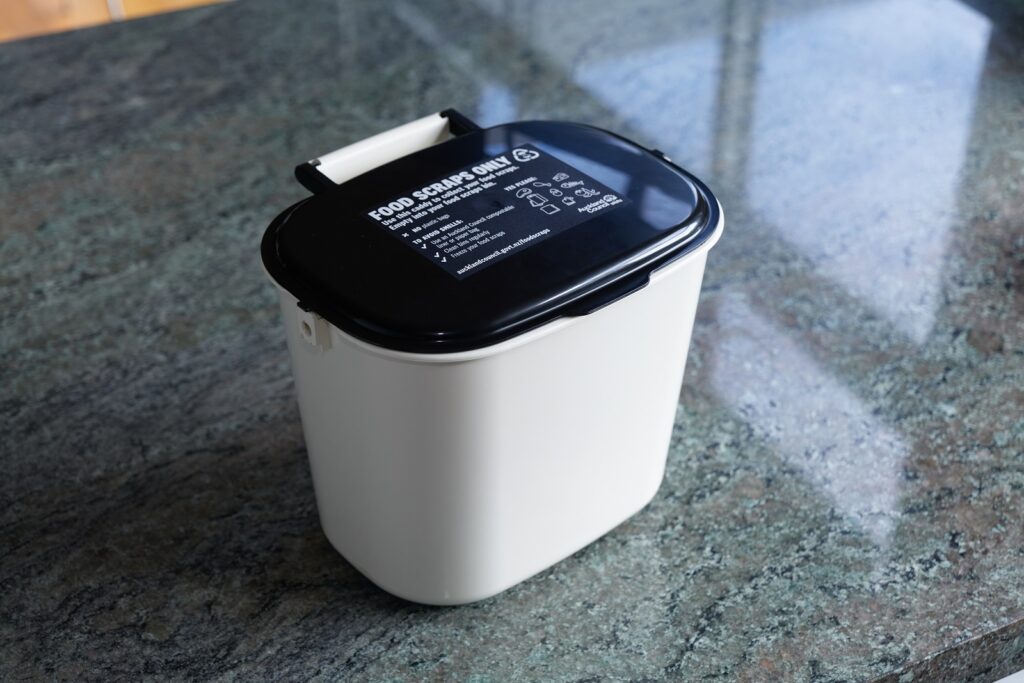
Maintaining Your Food Scrap Collector: Keeping it Clean and Odor-Free
Proper maintenance is essential for keeping your food scrap collector clean, odor-free, and functional. Here are some tips for maintaining your bin:
Clean Regularly: Wash with Soap and Water
Clean your bin regularly with soap and water to remove any food residue and prevent odors. You can use a mild dish soap or a vinegar solution.
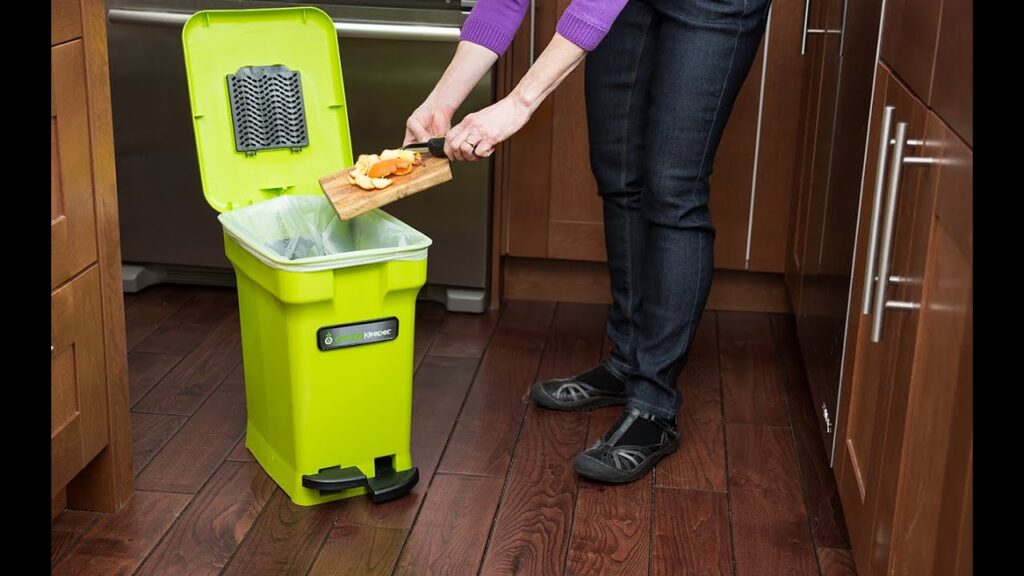
Replace Charcoal Filters: Absorb Odors and Maintain Freshness
If your bin has a charcoal filter, replace it regularly to maintain its effectiveness in absorbing odors. The frequency of replacement will depend on the type of filter and the amount of food waste you generate. Check the manufacturer’s instructions for guidance.
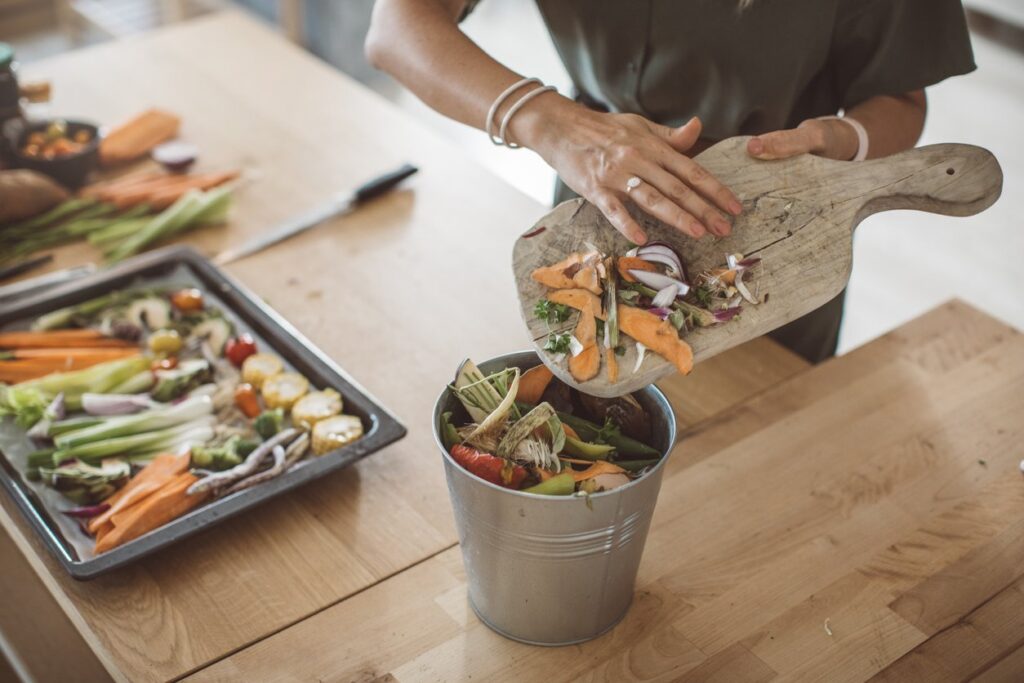
Use Compostable Liners: Simplify Cleaning and Reduce Odors
Using compostable liners can simplify cleaning and further reduce odors. Simply remove the liner and dispose of it in your compost bin or municipal composting program.
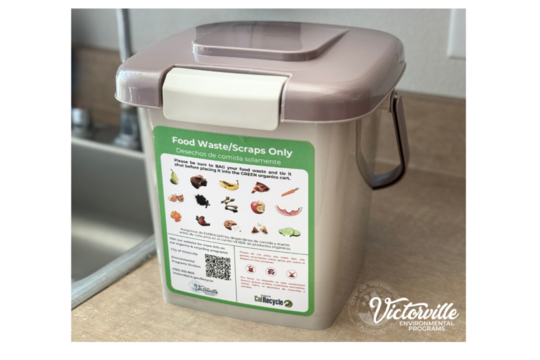
Sprinkle Baking Soda: Absorb Odors Naturally
Sprinkling baking soda in the bottom of your bin can help absorb odors naturally. Baking soda is a natural deodorizer that can neutralize acidic odors.
Control Fruit Flies: Prevent Infestations
Fruit flies can be a nuisance, especially during warmer months. To prevent infestations, keep your bin tightly sealed and empty it regularly. You can also try using a fruit fly trap or placing a few drops of essential oil (such as lavender or peppermint) on a cotton ball near the bin.
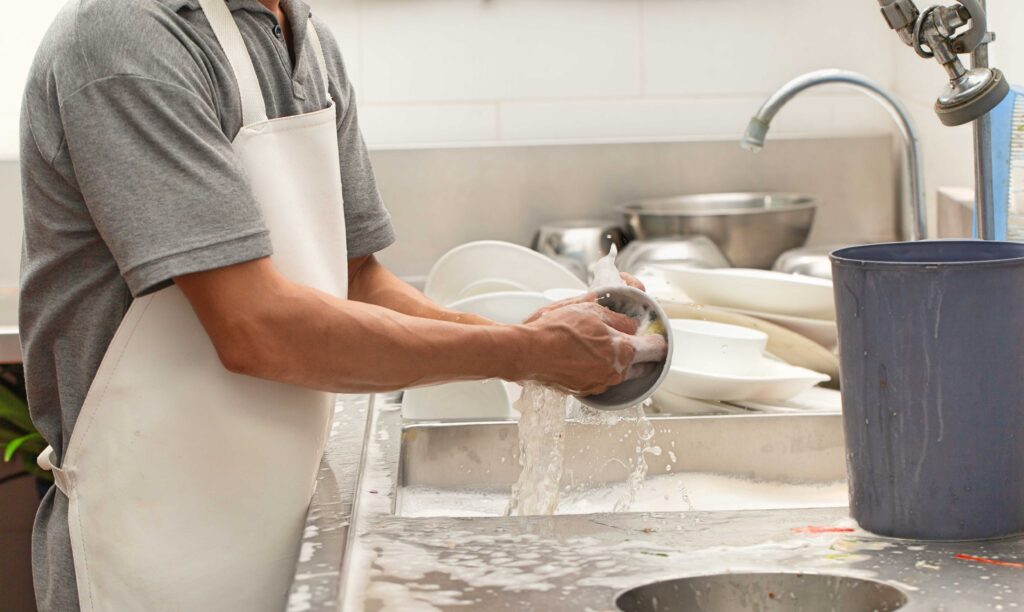
Troubleshooting Common Issues: Addressing Problems and Finding Solutions
Even with proper maintenance, you may encounter some common issues with your food scrap collector. Here are some troubleshooting tips to help you address these problems:
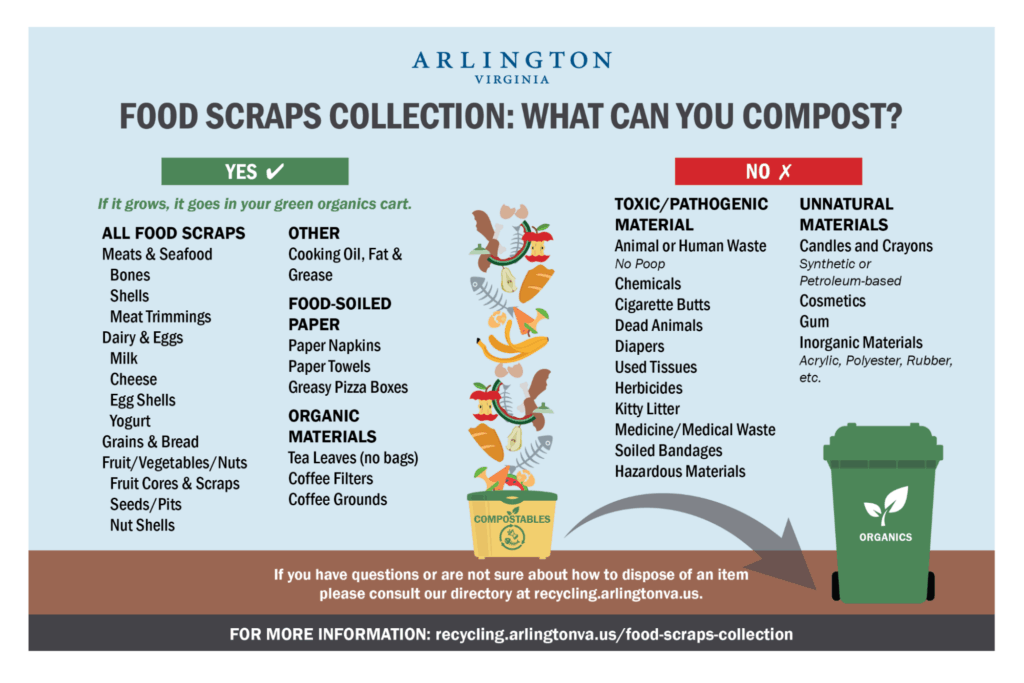
Odor Problems: Identifying the Source and Eliminating Smells
If your bin is emitting unpleasant odors, first identify the source of the smell. It could be due to excess moisture, the presence of meat or dairy products, or infrequent emptying. Try adding more brown materials, removing any problematic items, and emptying your bin more frequently. You can also try using a stronger deodorizer, such as activated charcoal or a commercial compost deodorizer.
Fruit Fly Infestations: Getting Rid of Pests and Preventing Re-occurrence
If you have a fruit fly infestation, the first step is to eliminate the existing flies. You can use a fruit fly trap or a vacuum cleaner to remove the flies. Then, take steps to prevent re-occurrence by keeping your bin tightly sealed, emptying it regularly, and cleaning it thoroughly. You can also try placing a few drops of essential oil on a cotton ball near the bin, as fruit flies are repelled by certain scents.
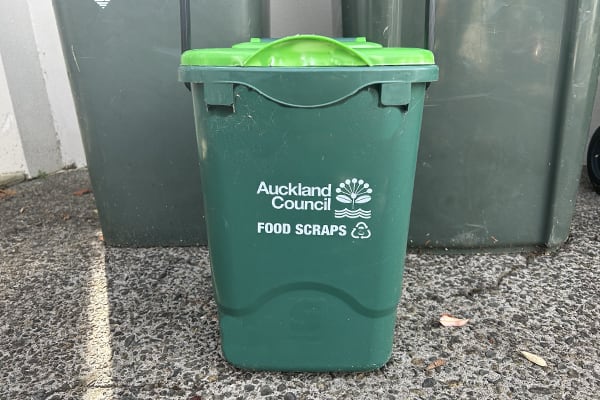
Slow Decomposition: Speeding Up the Composting Process
If your food scraps are not decomposing quickly enough, it could be due to a lack of oxygen, insufficient moisture, or an imbalance of green and brown materials. Try turning your compost regularly to aerate it, adding water if it’s too dry, and adding more green or brown materials as needed. You can also try adding a compost activator to speed up the decomposition process.
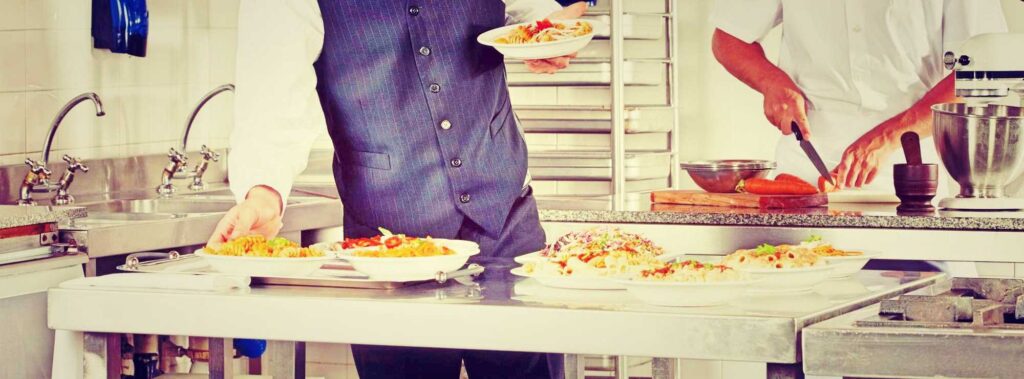
Beyond the Bin: Maximizing the Benefits of Food Scrap Collection
Collecting food scraps is just the first step. To truly maximize the benefits, it’s important to use your compost effectively and explore other ways to reduce food waste.
Using Your Compost: Gardening, Landscaping, and Potting Mix
Your finished compost can be used in a variety of ways to improve your garden and landscape. You can use it as a soil amendment to improve soil structure and fertility, as a mulch to suppress weeds and retain moisture, or as an ingredient in your potting mix for container plants.
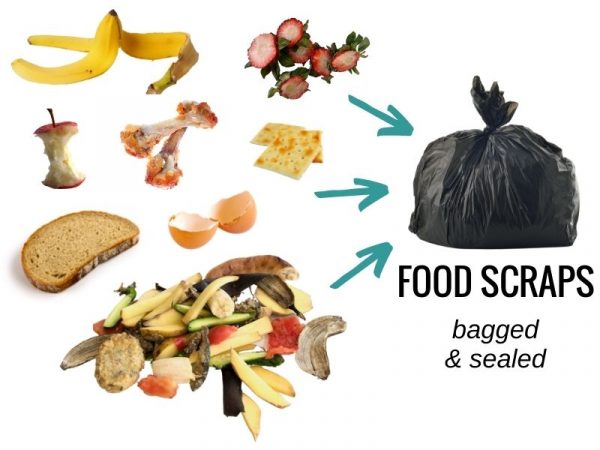
Reducing Food Waste: Planning Meals, Storing Food Properly, and Using Leftovers
The best way to reduce food waste is to prevent it from happening in the first place. Plan your meals carefully, store food properly to extend its shelf life, and use leftovers creatively. You can also try composting food scraps that are not suitable for consumption, such as spoiled produce or moldy bread.
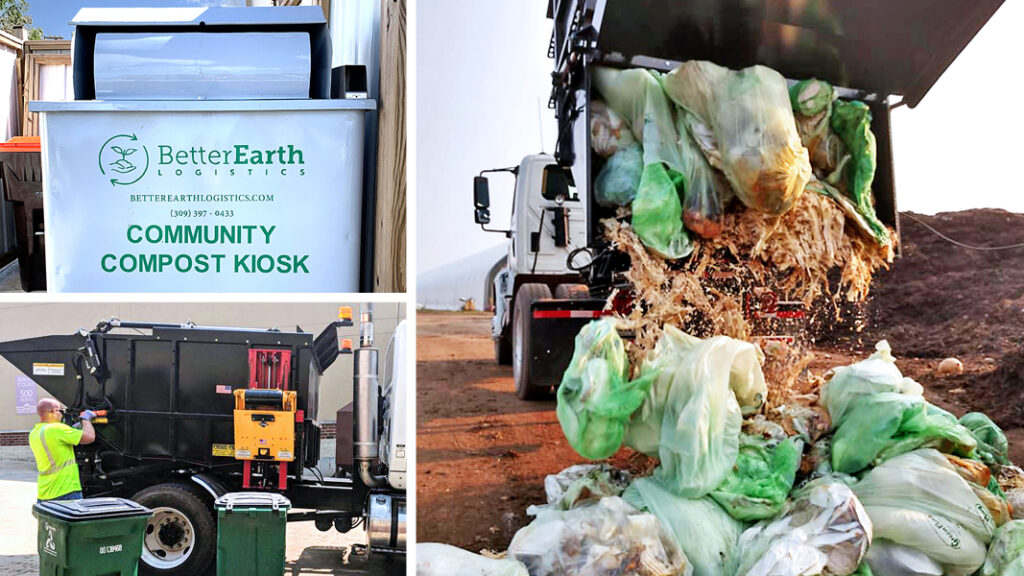
Community Composting Programs: Joining Forces for a Greener Future
If you don’t have the space or resources to compost at home, consider participating in a community composting program. Many cities and towns offer composting programs where residents can drop off their food scraps at designated locations. This is a great way to contribute to a greener future, even if you don’t have a backyard.
Conclusion: Embracing a Sustainable Kitchen, One Scrap at a Time
Incorporating a food scrap collector into your kitchen is a simple yet powerful step towards a more sustainable lifestyle. By diverting food scraps from landfills, you’re reducing greenhouse gas emissions, creating valuable compost, and saving money. So, choose the right collector for your needs, follow the tips outlined in this guide, and embrace the journey towards a greener, more eco-friendly kitchen. Together, we can make a difference, one food scrap at a time!
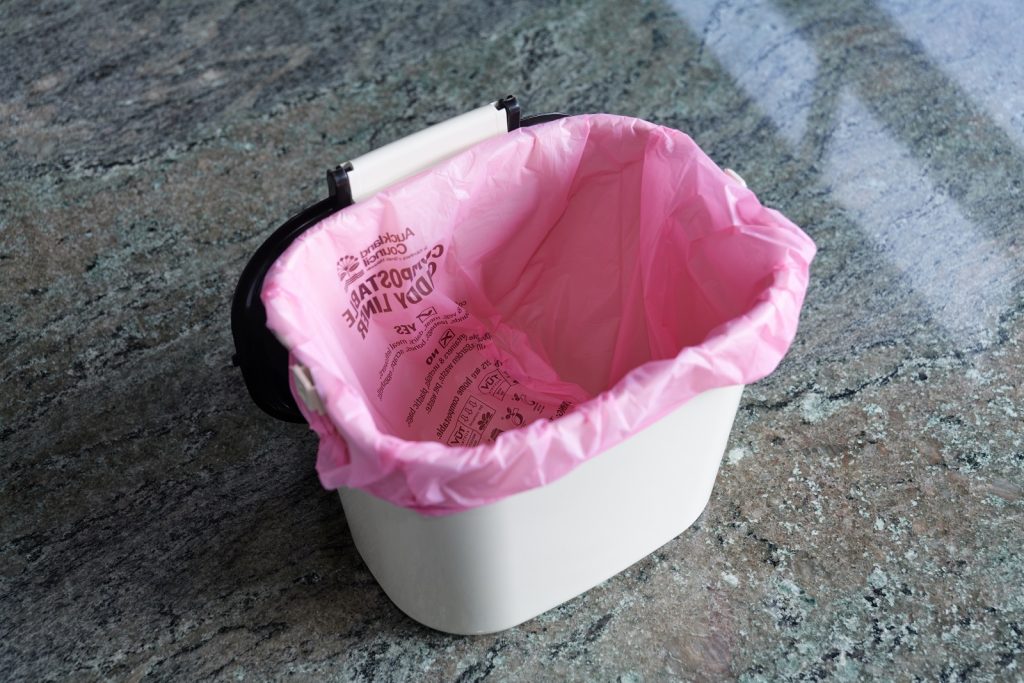
 Nimila
Nimila
